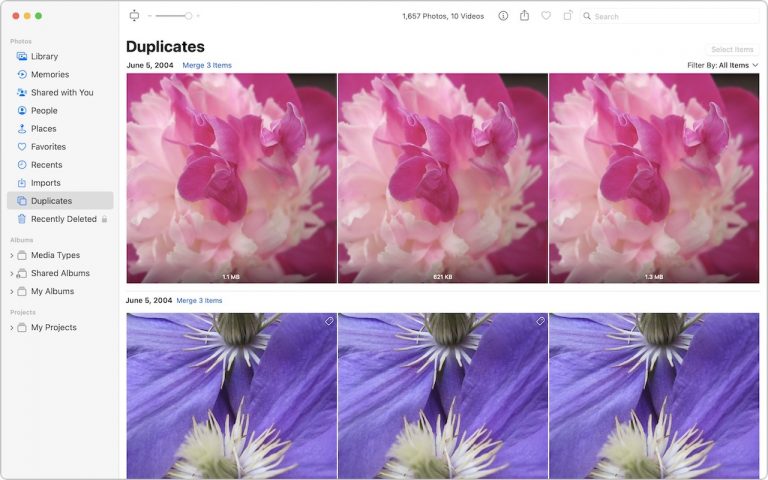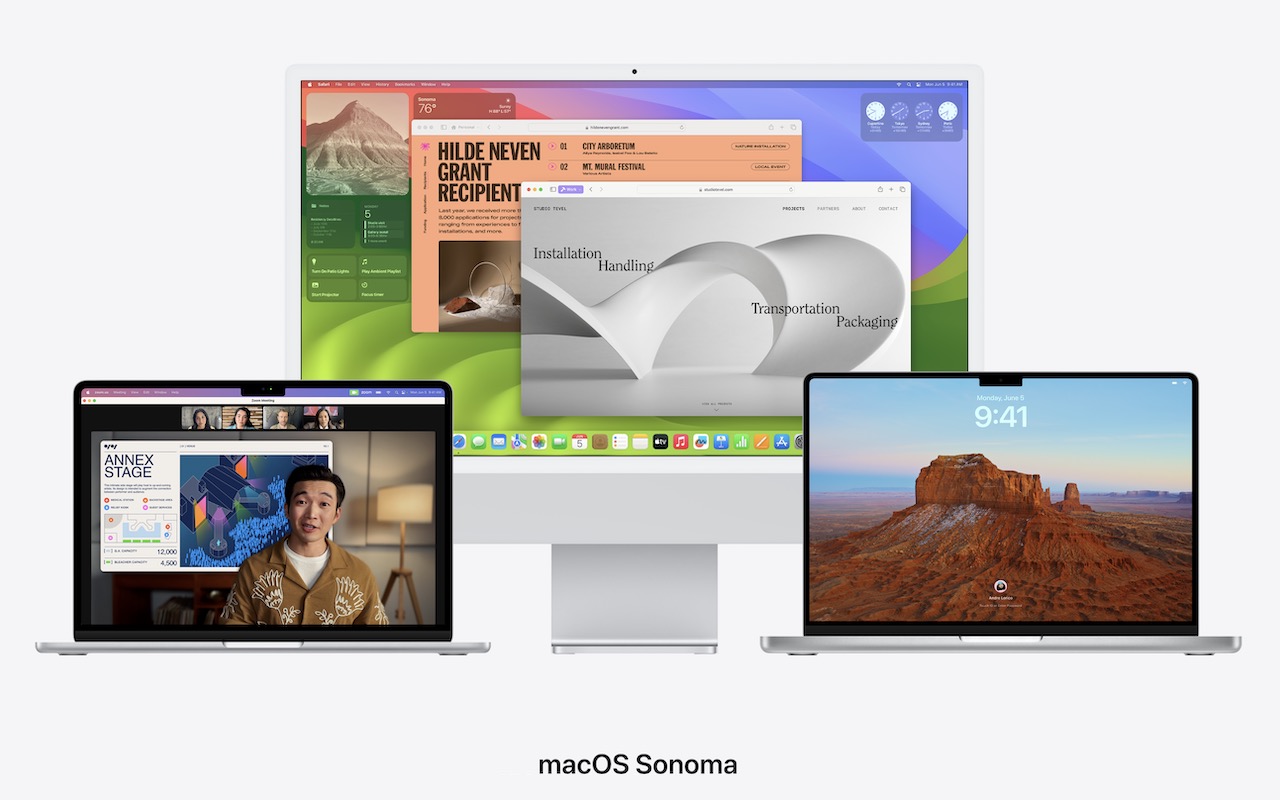How to Customize Control Center in iOS 18 and iPadOS 18
Control Center has been a part of our iPhone and iPad experience for over a decade, first appearing in iOS 7 in 2013. It provides access to essential controls so we don’t have to hunt through Settings or apps. Overall, it has been a welcome addition.
Although Control Center has changed slightly over the years, it provided minimal customization options until iOS 18 and iPadOS 18. Previously, in Settings > Control Center, you could choose which controls appeared and in what order, though a few essential controls always appeared at the top.
Introduction to Control Center Customization in iOS 18 and iPadOS 18
With this year’s operating system updates for the iPhone and iPad, Apple decided to give us nearly free rein to personalize the Control Center, even allowing us to add multiple pages of controls. While some people will go wild and reimagine what Control Center can do for them, we expect most to employ more modest tweaks that make it slightly easier to use.
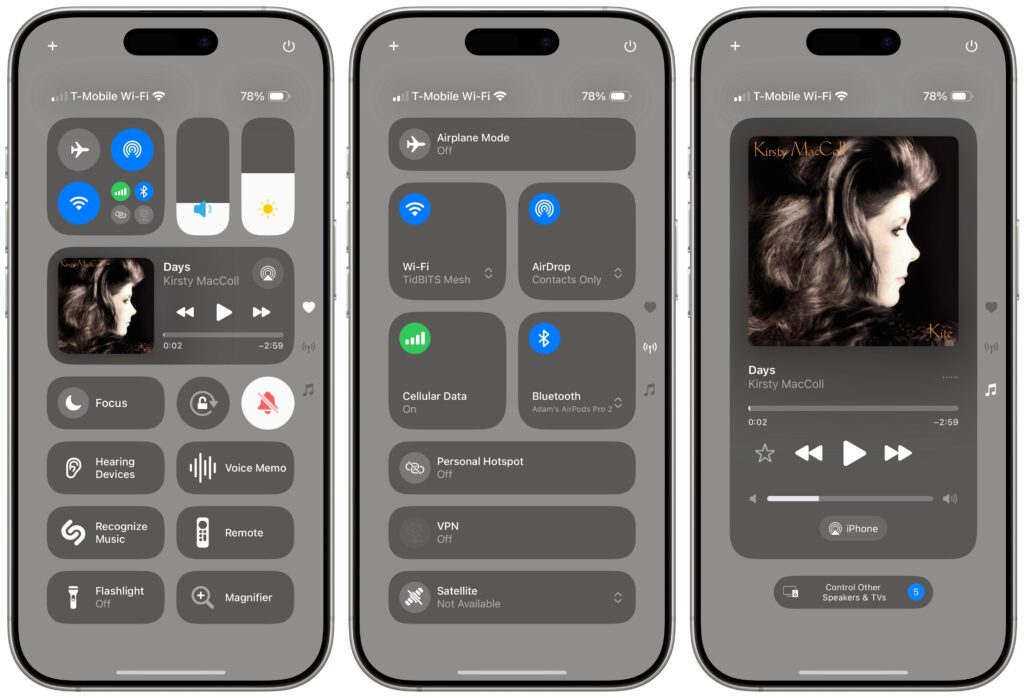
What’s New in iOS 18 and iPadOS 18 Control Center
Learn the basics of getting around in Control Center:
- Open Control Center: Swipe down from the upper-right corner of the screen.
- Move between Control Center pages: During the initial swipe to open Control Center, keep swiping down to navigate to later Control Center pages, represented by tiny icons on the right side of the screen. Once Control Center is open, swipe up or down anywhere on the screen to move between pages or tap the icons.
- Use controls: Tapping an icon in Control Center usually toggles a setting (like Orientation Lock and Silent Mode) or opens an app (like Magnifier or Wallet). Many display additional options when you touch and hold them (tap the Focus icon to toggle Do Not Disturb; touch and hold it to access more options, each offering even more settings). A few controls allow direct manipulation (like Now Playing, Volume, and Brightness).
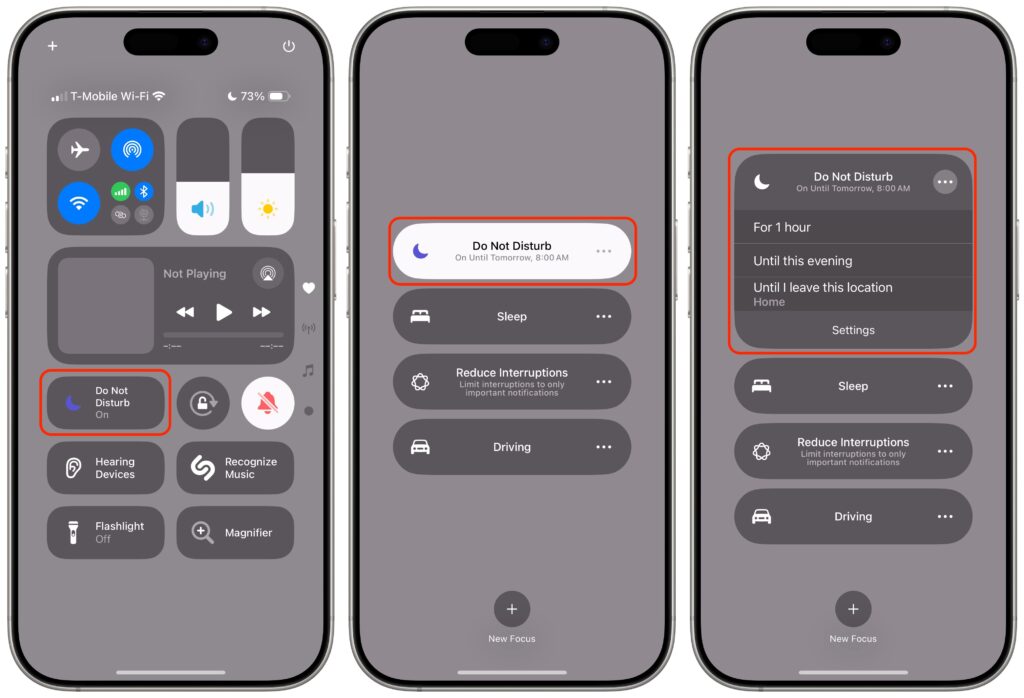
Adding, Organizing, and Removing Controls:
- Enter and leave editing mode: Tap the + icon in the upper-left corner, or touch and hold on any empty part of the Control Center screen, much like you enter wiggle mode on the Home Screen. You can swipe between screens in editing mode as well. When you’re done, tap any empty area to leave editing mode.
- Add a control: In editing mode, tap Add a Control at the bottom of the screen, search or browse for available controls, and tap the one you want to add to the current screen. Note that many apps now provide controls, vastly increasing the actions available from Control Center.
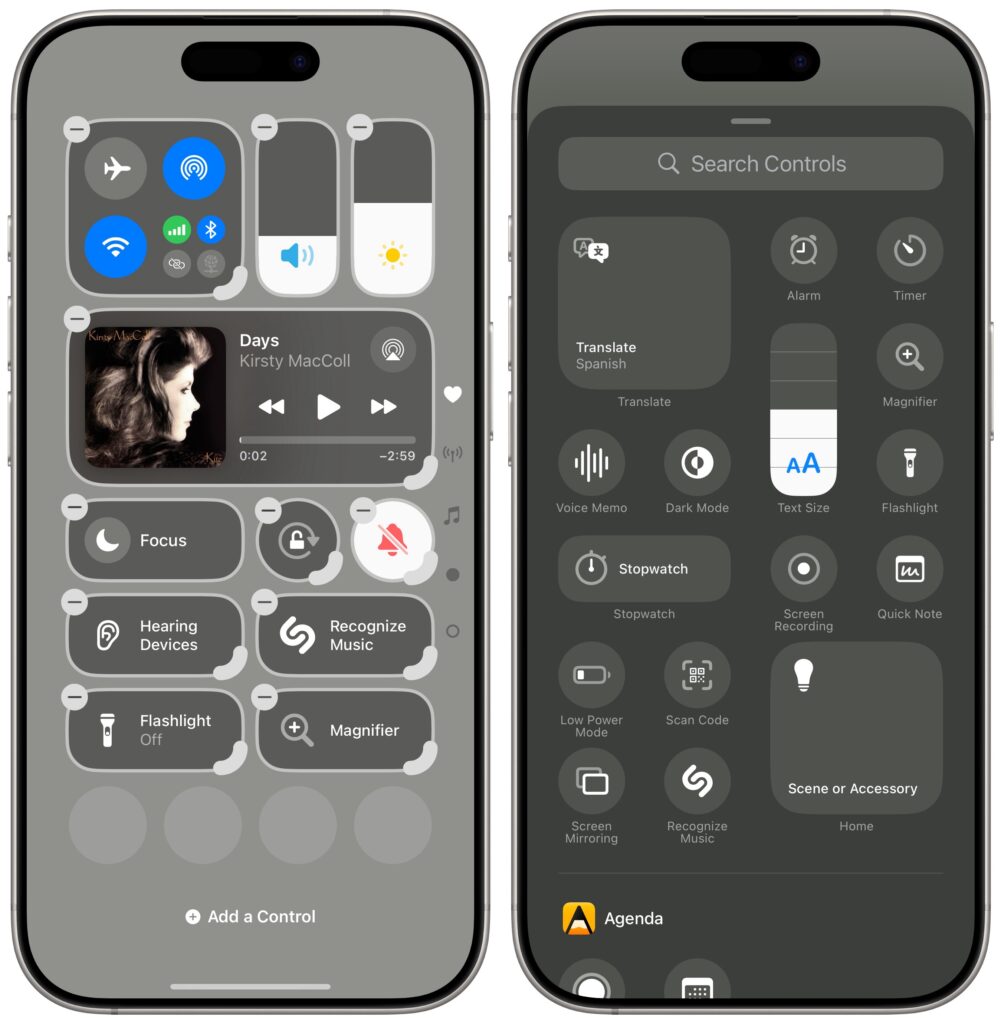
- Move a control: Touch and hold a control and drag it to the desired location, or, to move it to a different page, drag it to the bottom or top of the screen.
- Add a new page: In editing mode, a new empty page always appears at the bottom. Add or move a control to make it stick around after you exit editing mode.
- Resize a control: If a control has a curved resize handle on the lower-right corner of its icon, drag that handle to make the control larger or smaller. Most offer only 1-slot, 2-slot, and 4-slot sizes, with the latter two adding the name—we’re partial to the 2-slot size because we have trouble recognizing little icons. (Control Center would benefit from an option to display names under 1-slot icons as it does on the Add a Control screen.) A few controls, notably Now Playing, are more malleable—it offers two 4-slot sizes, an 8-slot size, a 16-slot size, and a full-page 32-slot size.
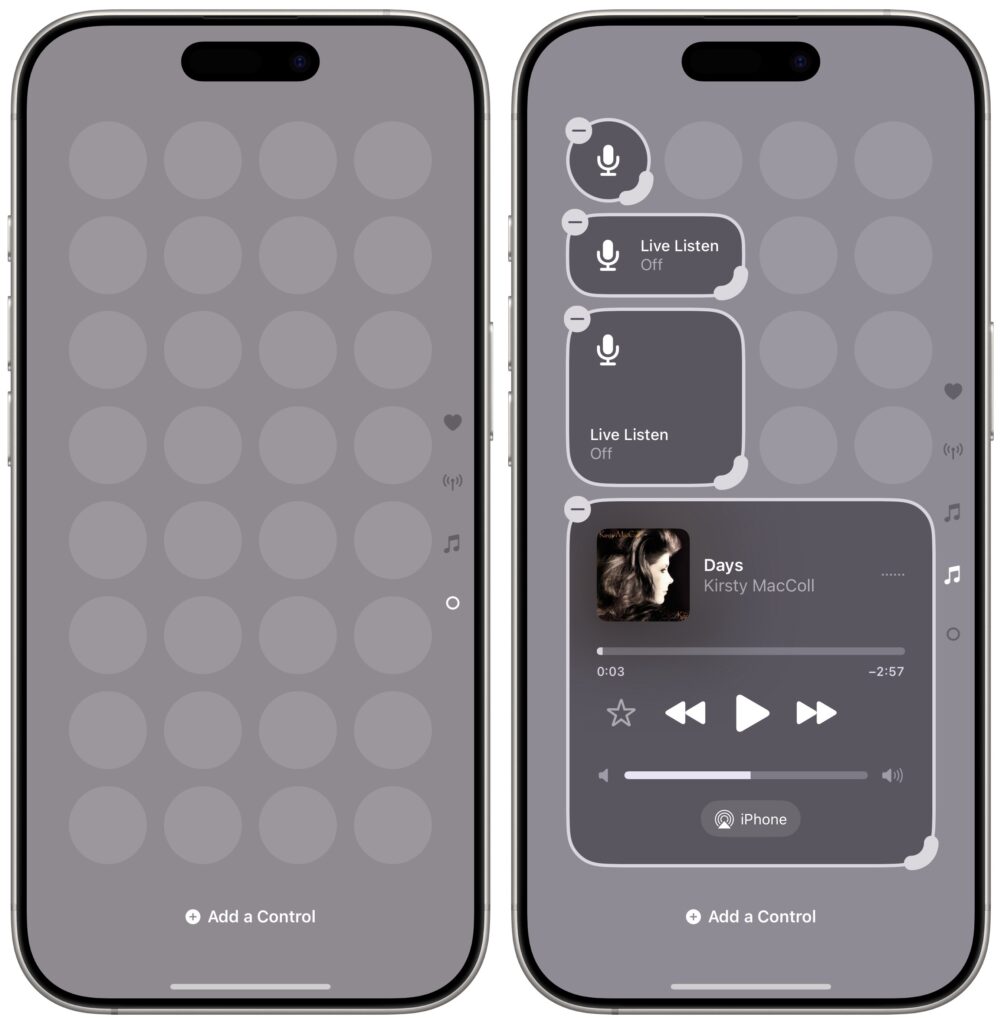
- Delete a control: To remove a control, tap the – button in the upper-left corner of the icon.
- Reset the layout to the default: It’s easy to go overboard and end up with a mad scientist layout. To return to the default set of controls, go to Settings > Control Center > Reset Control Center.
Extra Control Center Tips and Settings:
- Check privacy status alerts: In the middle of the screen, you may see one or more small icons and an app name ➊. That indicates the app can track your location, use the camera, or record with the mic. Tap that area to see more details.
- Power down the device: Touch and hold the power button at the upper-right corner of the screen ➋. It’s similar to holding the physical side button and one of the volume buttons for a few seconds, except the physical buttons also provide sliders for viewing your Medical ID and making an Emergency SOS call. Even if you cancel the power-off action, you must enter your passcode to re-enable FaceID.
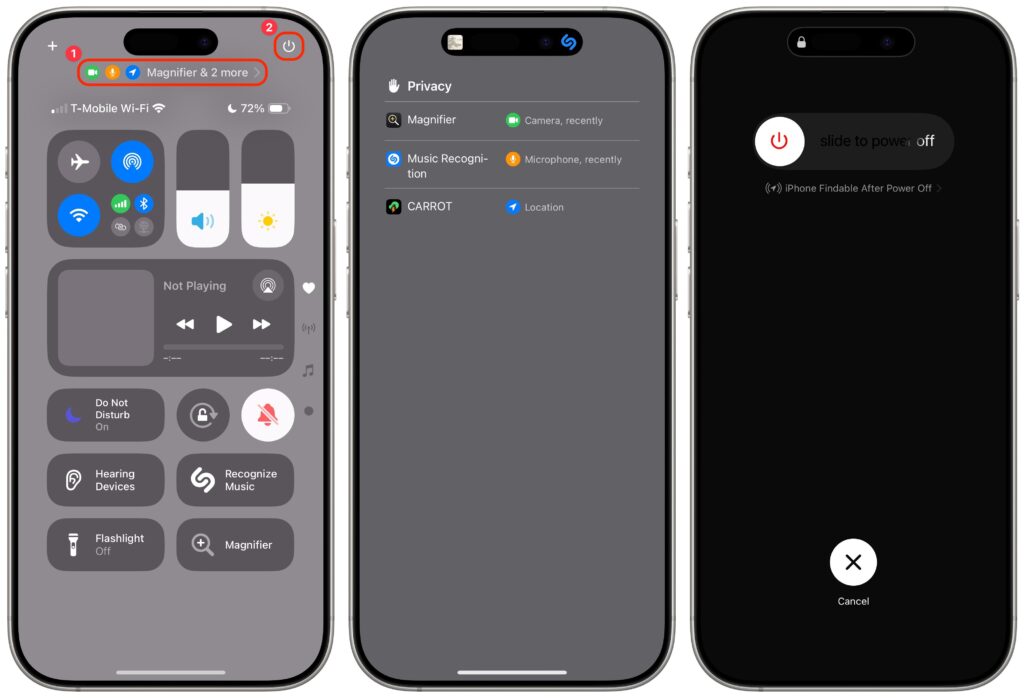
- Turn off Control Center access in apps: If you accidentally invoke Control Center in apps because you want to swipe near the top right of the screen, go to Settings > Control Center and turn off Access Within Apps.
It’s easy to become overwhelmed with Control Center’s customization possibilities. There’s no harm in sticking with the default layout, but our initial advice is to think about what you use Control Center for now and ensure those actions are well-represented by icons on the first page. Also, if you have trouble remembering what particular icons do, resize them to the 2-slot size so you can see their names. Later, you can review the complete list of available controls and add appealing ones.
(Featured image by iStock.com/yacobchuk)





